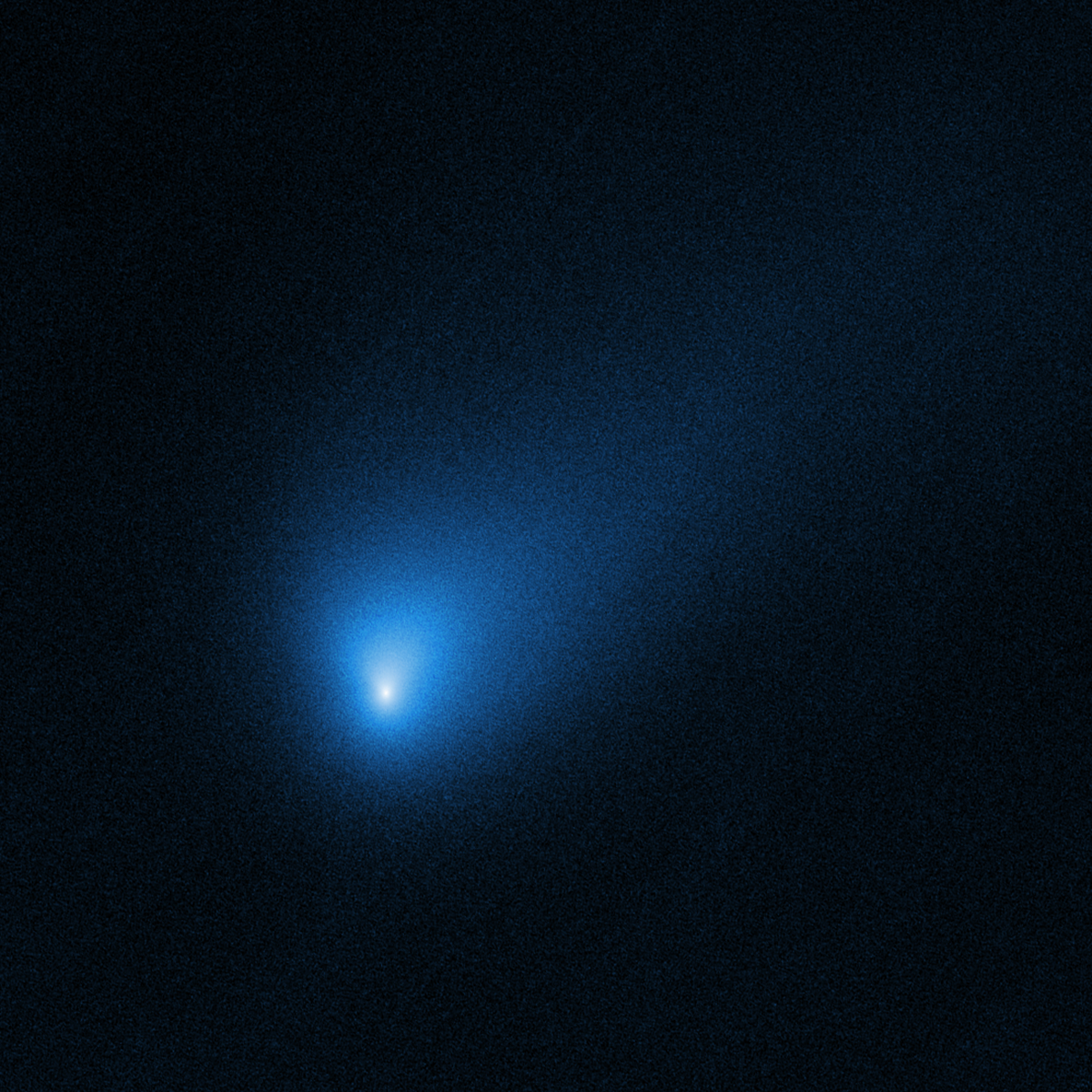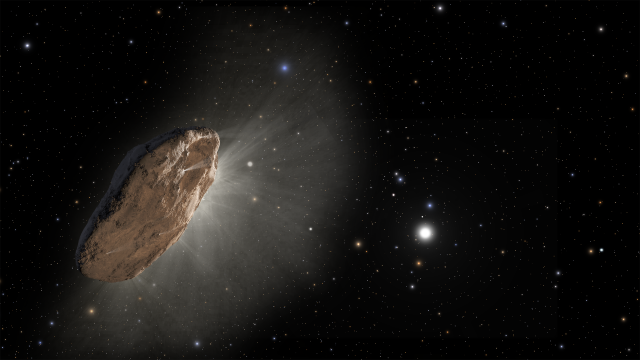As the Webb Space Telescope continues gearing up for its first observations, researchers are getting excited about the technology’s ability to look at interstellar objects that pass through our solar system.
The $US10 ($14) billion spacecraft is an infrared telescope charged with studying every phase of cosmic history. Webb will observe galactic evolution, stellar nurseries, and exoplanets, and it will be able to see back in time over 13.5 billion years, nearly to the birth of the universe. But it will also look at nearby objects, including anything that suddenly appears in our neighbourhood from afar.
“With Webb, we can do really interesting science at much fainter magnitudes or brightnesses,” said Cristina Thomas, a planetary scientist at Northern Arizona University, in a NASA release. “We’ve never been able to observe interstellar objects in this region of the infrared. It opens a lot of opportunities for the different compositional signatures that we’re interested in.”

Two such interlopers have already be spotted by humans: An object in 2017, named ‘Oumuamua, and Borisov in 2019. Borisov was a rogue comet estimated to be about 975.36 m across that hurtled through at about 177,028 km per hour. ‘Oumuamua caused a bit more controversy; its exotic cigar shape raised some eyebrows, with some even suggesting it was an alien spacecraft. Perhaps a more likely conclusion was proffered by researchers in the Journal of Geophysical Research last year: that it was a piece of an exoplanet ejected from a distant star system nearly half a billion years ago.
But Borisov and ‘Oumuamua came and went, which is why researchers at NASA are excited for how Webb will handle future solar system visitors.
“The supreme sensitivity and power of Webb now present us with an unprecedented opportunity to investigate the chemical composition of these interstellar objects and find out so much more about their nature: where they come from, how they were made, and what they can tell us about the conditions present in their home systems,” said Martin Cordiner, an astrophysicist at NASA’s Goddard Space Flight Centre, in the release.
Should another interstellar traveller appear, researchers could use Webb’s spectroscopic tools to study the chemistry of any gases or dust it sheds. Knowing the chemical makeup of an object can reveal what it is and what conditions were like in its home system.
Such observations require an interstellar object, though. Perhaps we should be grateful one isn’t currently making its transit, as Webb still has a few more months of prep work ahead. This month, the telescope is aligning its mirrors, and it recently saw its first photons of light. NASA expects the telescope to be capturing images by June.
